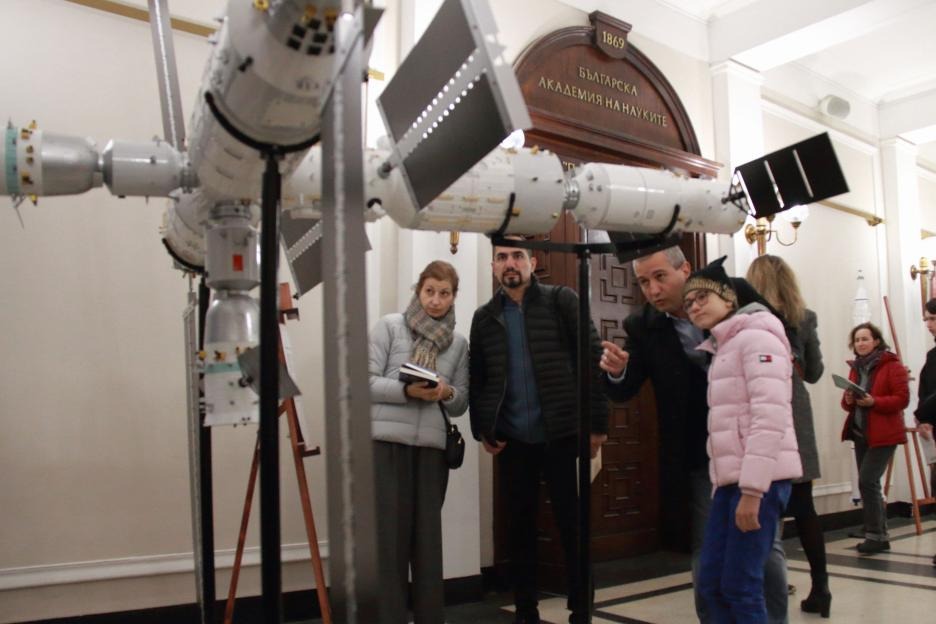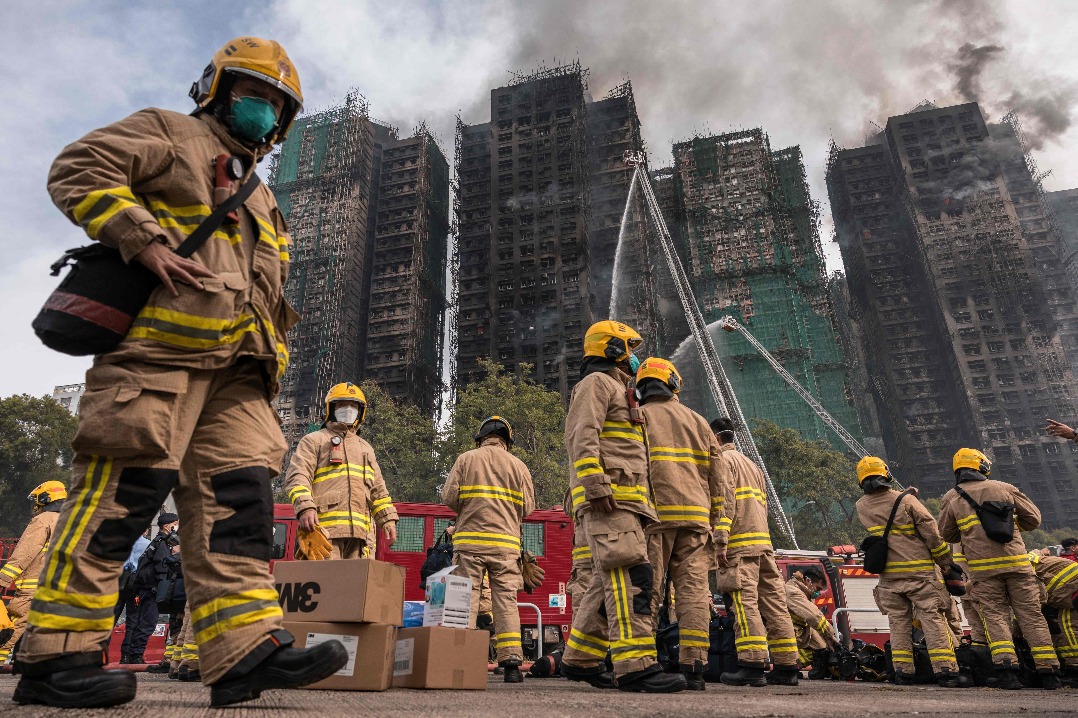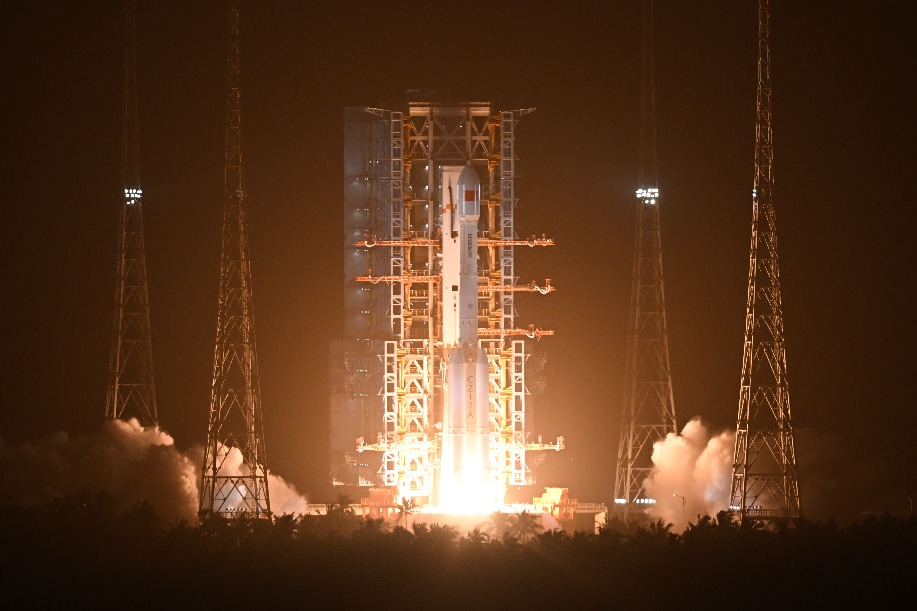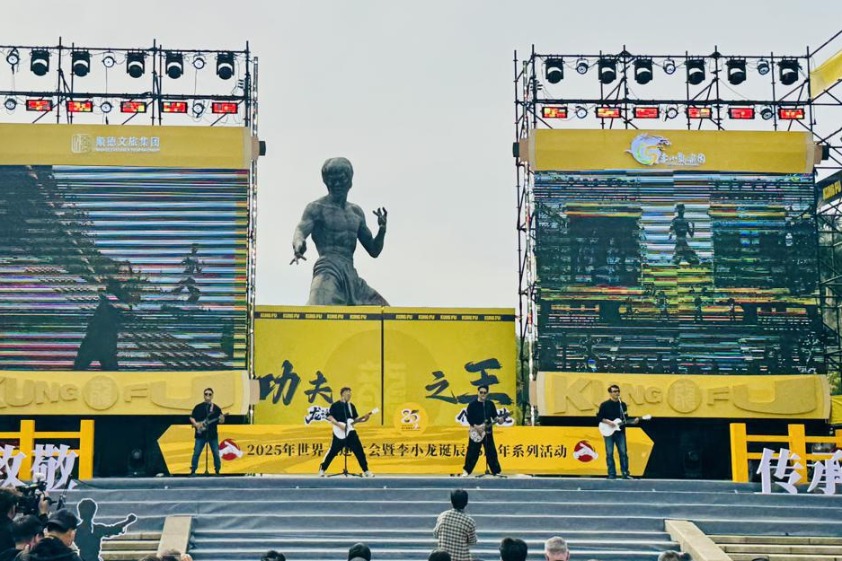Realistic war games cure 'peace disease'

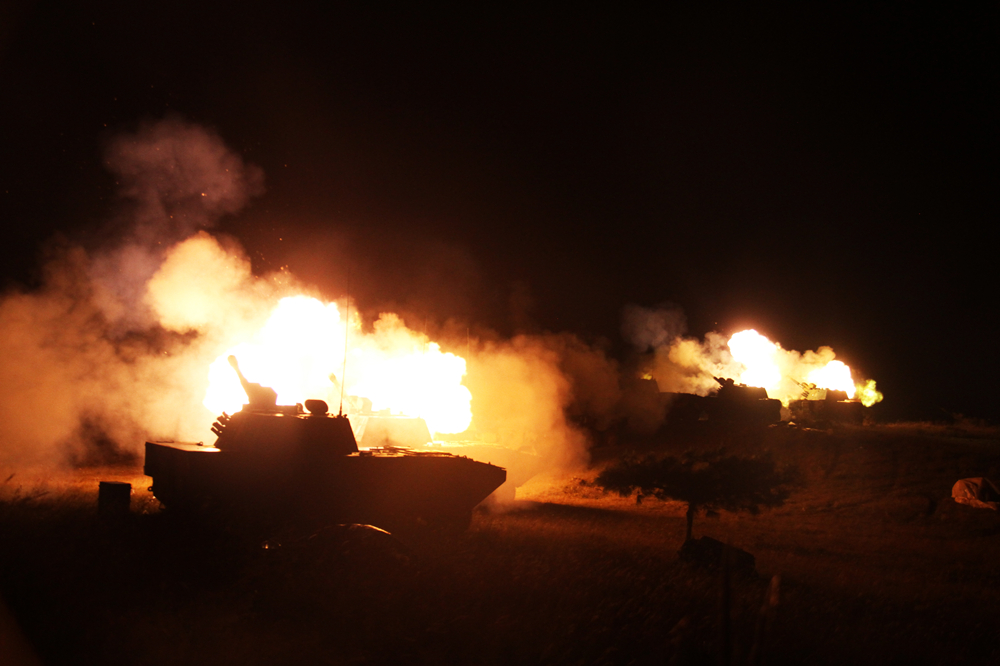
Night operations
Night fighting is said to be the PLA's forte. During the Korean War there was a popular saying on the battlefields: The daytime belongs to the US Army but the night belongs to the Volunteer Army. The Chinese People's Volunteer Army under cover of night beat back the attacks of the US Army, and fought five bloody battles in the dark, which eventually prompted the Korean Armistice Agreement.
"But today our army doesn't even know how to properly move at night," said Chen Xiaobo, deputy chief of staff responsible for combat exercises at M base.
He cited a large-scale drill in 2014 as an example. It was a mock maneuver taking place in the Zhurihe Combined Tactics Training Base located deep in the Inner Mongolia autonomous region. The drill involved battles between red and blue units. It required the troops to undertake maneuvering drills for a day and a night. No artificial lights were allowed. As a result, some troops got lost and some tanks drove into deep ditches. When the troops called the headquarters, they couldn't tell their command officers exactly where they were.
In Chen's view, to ensure the PLA has the ability to win wars, the Chinese army has to cure peace disease.
"The only way we can do this is to hold joint training exercises with the intensity of live combat, between different military regions and between naval, air and ground forces."
No longer simple
The Military Training Program, which was released early this year, places demands on the military to intensify resistance drills and train the troops in an environment similar to real combat. A training base like M base is no longer a simple training base. It is now a battleground.
The M base command has designed a series of battle exercises.
PLA troops from different regions are organized into red and blue units that engage each other to test the army's ability to integrate and operate in a combined environment with allies. Normally, the blue units imitate tactics and command systems similar to those of a Western army.
"These exercises ensure that we continually learn and adapt faster than our opponents," Chen says.
Xinhua
















